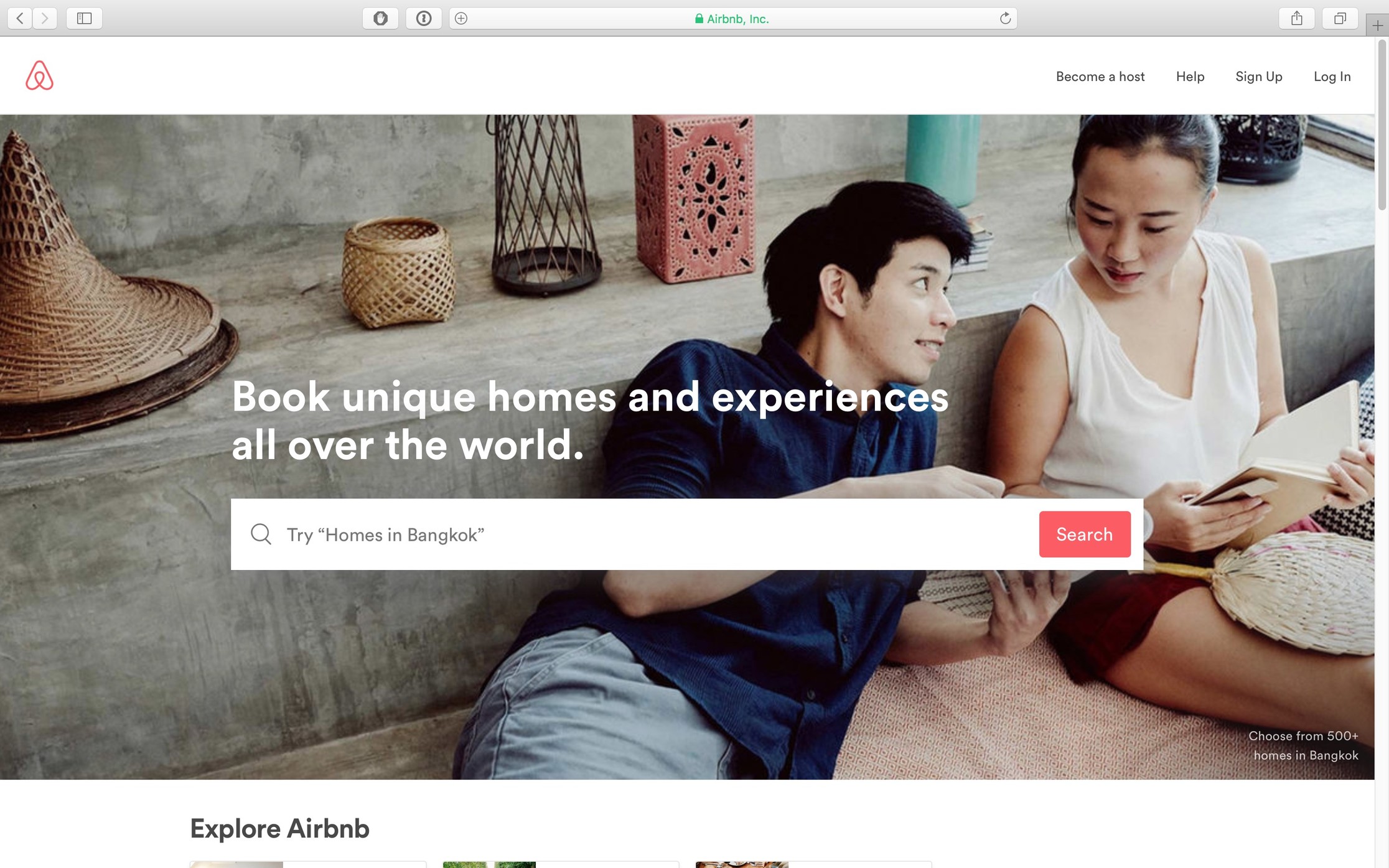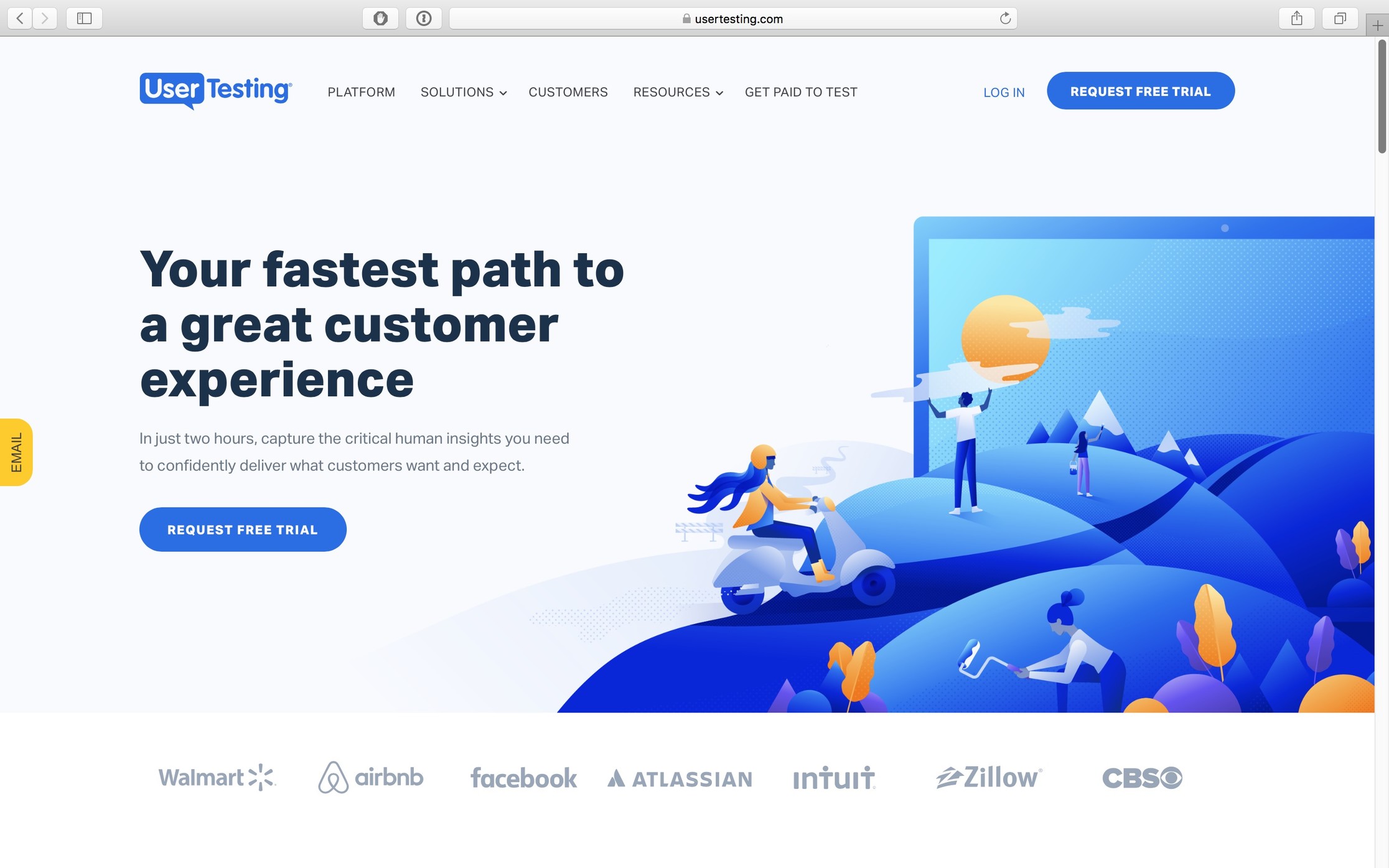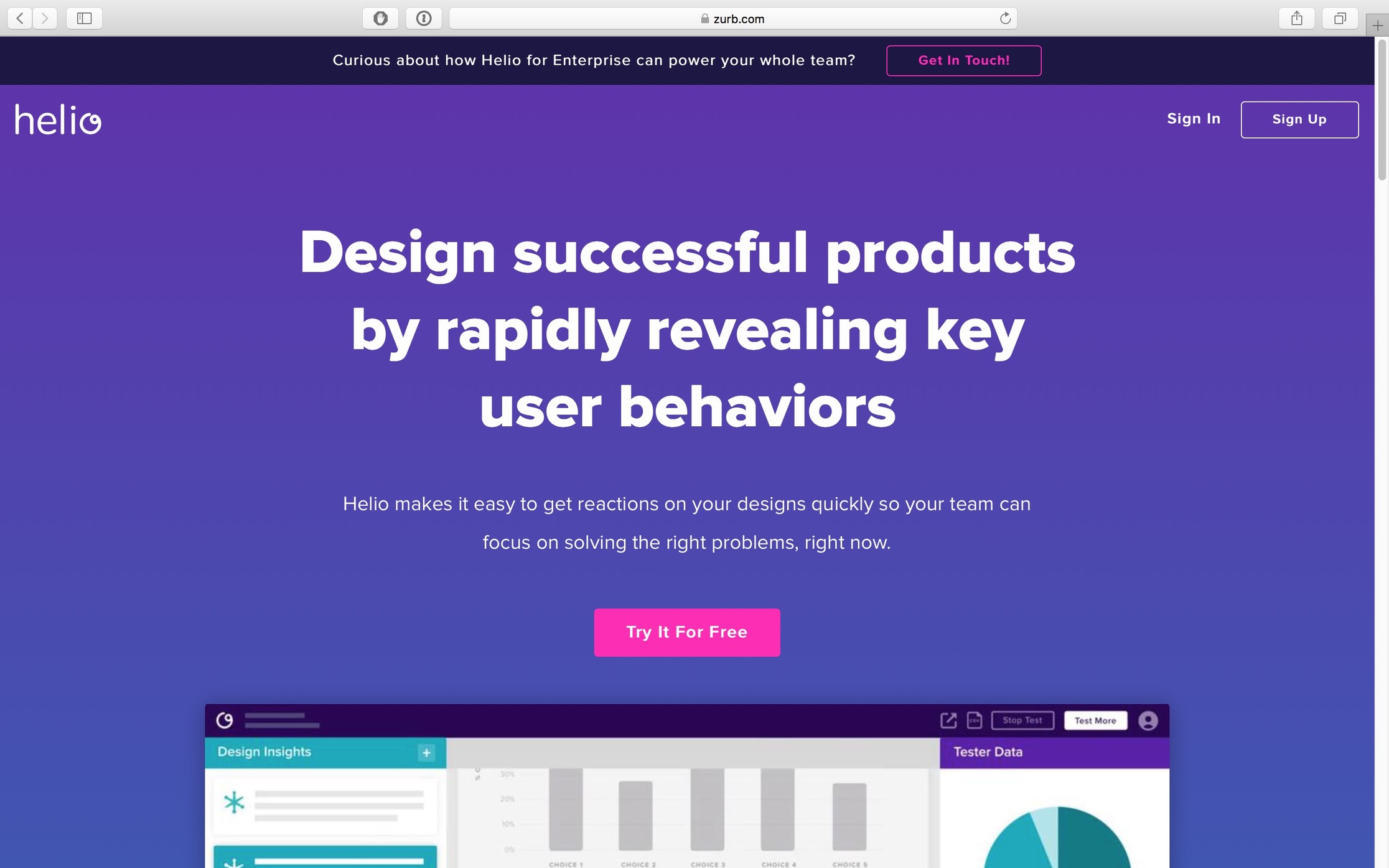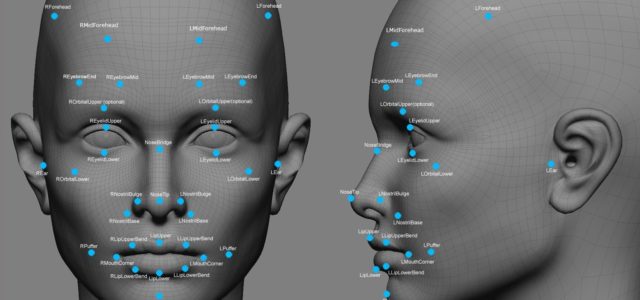I had the pleasure of speaking as part of a panel discussion entitled “The Future of eCommerce in the GCC” last night. Hosted by Ollie Hunt of DEV TEAM and Magento, there were five other panelists including Faezeh Faiz of Maison de Maillot, Mohammed Sajjad, Director of eCommerce and Omni Channel at eXtra, Pavlos Babiolakis, Senior Manager of Customer Experience at Alosra Supermarkets and Stephanie Kershaw representing Magento.
Maison de Maillot represents the epitome of a start up in the digital age. Run by Faizeh and her sister, they’re selling resort wear from Bahrain, to customers in America, Europe and Australia. Pavlos’s role sees him managing online sales for Bahrain’s most recognised home grown supermarket and Mohammed oversees eCommerce at what has become the largest single omnichannel business in the Middle East. Three very different businesses at very different scales and at different stages of their respective journeys. But what excited me most was how aligned the panel was.
First and foremost, ahead of any technology integration, if the future of eCommerce is to meet its potential in the GCC, retailers need to prioritise customer experience. Approaching their businesses with empathy, identifying ways not only to meet consumer expectations but to exceed them. Rather than focusing inwards, on current capabilities and resources, looking to their customers to discover how to fulfil their needs. It won’t be an easy task. For many organisations in the region, this concept is new. But for their audiences, it’s anything but.
You only need to look at the parcel collection section of a post office to see that people in the Middle East are quite comfortable shopping online. Packages from Amazon, ASOS, iHerb, Selfridges and House of Fraser are piled high. ASOS provide free international shipping for customer orders over £20 and iHerb have preferential rates with DHL that mean that shipping a 3kg package can cost as little as $8 and take just 3 days to get to here from the States.
From shopping for clothing, electronics or groceries to booking a holiday, what this also shows us is that audiences are used to using websites that have been developed and are continually optimised to create excellent customer experiences.
7 Star Experiences
Launching in 2008, co-founders Brian Chesky, Joe Gebbia and Nathan Blecharczyk have completely rewritten how people travel. Airbnb is an online marketplace, a website and app for people to rent out their own properties. From beach huts, to apartments and villas, millions of people use Airbnb every day and it has completely disrupted the hospitality industry. In May of 2017, they were valued at over $31billion.
Airbnb aren’t thinking about creating a 5-star customer experience. They’re constantly striving to create a 7-star experience by envisioning all the way through to a 10-star experience. Speaking to Reid Hoffman, the co-founder and executive chairman of LinkedIn, at Stanford University, Chesky explained their process.
“We wanted to build a product that you loved so much you would tell everyone. Travel has the potential to transform your whole life — I have met people on my own travels who changed my life.
At Airbnb, we strive to have our customers contact the company and demand a 6th star be added to our 5-star review because the experience was so good. Here’s how we think about service past 5-stars:
5-star service : You leave the airport, go to the Airbnb, your hosts are in the house, they let you in. This is-5 star. Worse than this is if your host is late (4-star) and the worst is if your host never showed up (1-star).
6-star service : All of the above and your host picks you up at the airport.
7-star service : All of the above and there is a limo waiting for you at the airport and inside the limo are your favourite chips and coconut water.
8-star service : There’s a giant parade when you arrive at the airport and you are honoured for coming.
9-star service : The moment you step off the plane there’s 5,000 screaming fans holding signs for your arrive — we call this the “Beatles check-in”.
10-star : I could go all the way up to 30-stars — I won’t, but 10-stars would be when you arrive and a Tesla with your name on it is waiting for you and in the car the driver is Elon Musk, and instead of your Airbnb Elon, takes you to outer space.
I exaggerated this to make a point but the principle is if what you need to do is find 100 people who love you — 5 star is what people expect. For them to love you, you need to do more than what they expect. We play out these scenarios all of the time — once you go up to 10 stars, 6 stars doesn’t seem so crazy anymore.”
This is what businesses around the world are up against. The Middle East has some of the highest internet and smartphone penetration rates in the world. We’re shopping online and we’re doing it globally. It’s no longer enough to compare ourselves with other organisations in the region. When I can get my books, clothes, vitamins, laundry detergent, electronics or a sustainably sourced bamboo toothbrush delivered to me faster and cheaper from America than I can locally, I’m going to need some convincing to do otherwise.
User research
So how can we hope to compete? We can learn from the best, that’s how. Here are three simple steps anyone can implement that will immediately make an impact.
Undertake user research into key audiences
We know that customer behaviour has changed. The ‘always on’ nature of the internet means that consumers are more likely to shop at 10pm sat on the couch than they are to stick to standard opening hours. What most organisations don’t know is exactly what these consumers are actually trying to accomplish and what they want.
Before starting any digital project, whether it’s developing a new website, app or social media campaign, businesses need to better understand their users and their requirements. It’s only by doing so that they can hope to effectively engage with target audiences.
A simple way to start is to carry out a series of one-to-one interviews with a range of prospective and existing customers to better understand their needs. These interviews should focus on how these people use digital, how they interact with the business and what they’re are looking to achieve when they do.
Carry out regular usability testing on all digital channels
We all make assumptions. If we’ve already been working hard on a project, we’re also likely to be biased against making further change. But a lot can be learnt by watching users interact with websites or mobile apps. Rather than launching and moving on, test sessions reviewing both existing digital services and those of competitors’ uncovers flaws and provides an excellent insight into user behaviour. Insight that can help direct tweaks and iterations to improve.
These sessions don’t have to be expensive. Creating a script, using QuickTime or Lookback to take a screen recording of the session and offering incentives to current users to provide feedback is an easy way to start. Sites like usertesting.com and userlytics.com provide affordable platforms to reach users around the world.
Structure content on digital channels around user needs and questions
So now you have a clear idea of who your customers are, what they’re trying to achieve and how they trying to achieve it. Armed with this information, you can make changes across your digital channels that support these goals. The easier you make it for customers to meet their needs, the more likely it is that they’ll do so with you.
Where these changes mean updates to existing design work, using tools like Helio can give you feedback before you even move on to development.
For organisations used to carrying out work behind closed doors before launching to the public in a final ‘ta-da!’ moment, these steps can seem expensive, both in terms of cost and time. But consider the alternative.
Without the insight they can generate, digital services can languish for months or even years, generating lacklustre results. Without results, it’s harder to justify further investment. Without investment, a service can’t improve and its potential can never be met. In this situation, spending on digital simply becomes another business expense rather than an investment in it’s future.
Article by channel:
Everything you need to know about Digital Transformation
The best articles, news and events direct to your inbox
Read more articles tagged: Customer Experience, Featured










